Uncovering the men who hid a note in a Scottish lighthouse 132 years ago
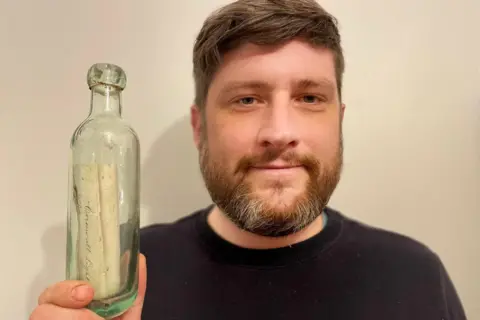 Ross Russell
Ross RussellA rich picture has emerged of the three men who left a message hidden inside the walls of a Scottish lighthouse 132 years ago, thanks to the work of genealogists.
Earlier this month BBC Scotland News revealed a bottle containing the note had been found inside the Corsewall Lighthouse
Written with quill and ink and dated 4 September 1892, it revealed the names of the three workers who installed a new type of light in the 100ft (30m) tower.
Now experts from genealogy firm Findmypast have pored over censuses and newspaper archives to uncover the story of the workers who left the intriguing time capsule.
Queen Victoria was on the throne and Gladstone was leading a Liberal government but the genealogists' research reveals details of the ordinary working men who travelled from Edinburgh to leave their mark on the remote lighthouse.
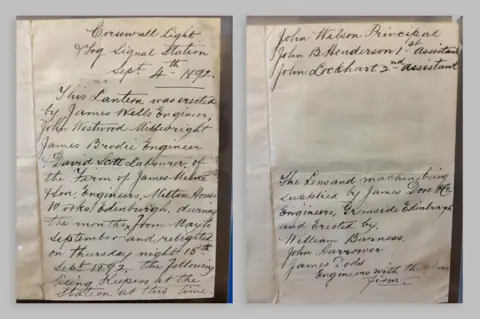 Ross Russell
Ross RussellJohn Westwood
John Westwood was a 28-year-old millwright - a tradesman who works with machinery - from Edinburgh.
He had travelled from the capital to the lighthouse at the most northerly point of the Rhins of Galloway to carry out the project for James Milne & Son.
As a millwright, he was following in the footsteps of his father, David Westwood.
He ran his own millwright business, with John's eldest two brothers, David, a millwright, and Alexander, a mechanical draughtsman.
Born in St Andrews, Fife, in 1864, John was the youngest of eight siblings.
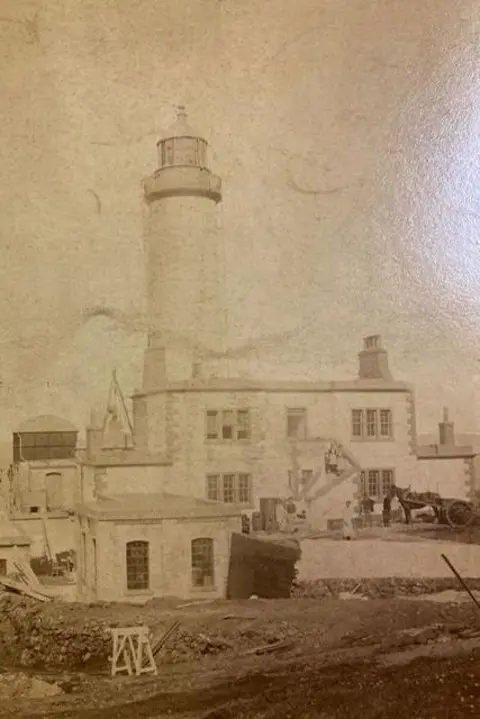 Northern Lighthouse Board
Northern Lighthouse BoardHis two eldest sisters, Mary and Margaret, worked as domestic servants when John and his other three siblings were still at school.
When John reached 16 he too became a millwright.
By 1891, John had moved to Edinburgh and was living as a lodger with a widowed pianoforte maker, Richard Honeyman, 70, and his daughter, Helen, 45.
A year later he was sent on the Corsewall Lighthouse project.
He married Margaret Gow, the 26-year-old daughter of a contractor from Blairgowrie, in 1896.
They went on to have three children - John, Jane and Neil.
And John Sr lived a long life. He died aged 93 in March 1958 at Edinburgh City Hospital.
James Brodie
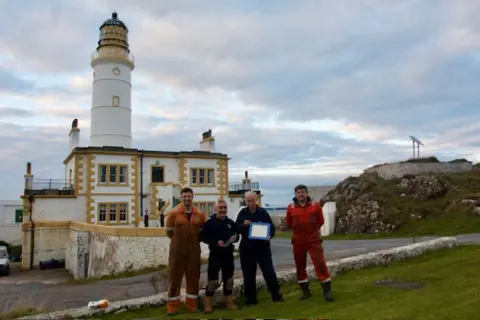 Ross Russell
Ross RussellJames Brodie was 48 when the trio of workers concealed the bottle.
He was a James Milne & Sons engineer who had also travelled from Edinburgh.
Born in Renfrewshire in 1844, he was the eldest of James and Margaret's five children.
Census records show that he was an apprentice engineer when he was 17, and he lived with his parents on George Street in Greenock.
His father was a shawl weaver and his mother was a cotton winder.
In 1868 he married Annie F Scott in Paisley.
By the time he wrote the secret note they had seven children under the age of 14 and were living on Tannahill Place, Paisley.
David Scott
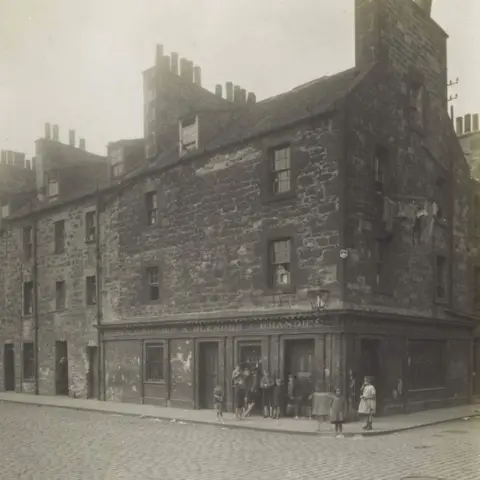 City of Edinburgh Council – Libraries www.capitalcollections.org.uk
City of Edinburgh Council – Libraries www.capitalcollections.org.ukDavid Scott was 32 when he left the note in the lighthouse and worked as a labourer for James Milne & Sons.
He was born in 1860, the son of Jane and William Scott, a grain loftman in Edinburgh.
When he wrote the lighthouse note he was still living with his housekeeper mother, his sister Jane Mackay, a millworker, and her two sons David and William at 40 Fox Street in Edinburgh.
Ten years later, 41-year-old David was still single and boarding with the Munro family (James, Jane and their infant son John) at 41 Leith Walk, Edinburgh.
He had become more specialised in his trade and was now working as a lead and metal worker.
James Milne & Son
All three men worked for James Milne & Son, a business that was founded "prior to 1750" as brassfounders.
In 1821 they fitted the author Sir Walter Scott's Melrose home, Abbotsford, with an oil-gas plant and by 1837 they were making gas meters.
Around 1885, they moved from their premises in Edinburgh's High Street to the larger Milton House Works, in Abbeyhill.
Their Glasgow branch opened two years later, where they displayed gasoliers, pumps, light-fittings and the Wenham Patent Gas Lamp.
By the late 1890s, they were making "lamps for lighthouses" and specialised in aluminium.
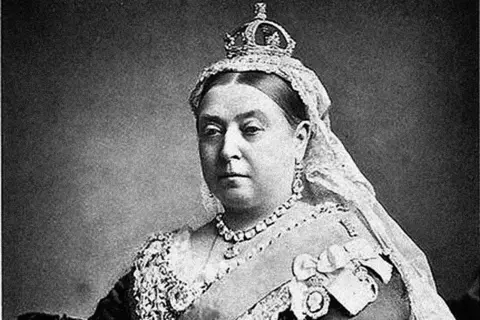 Alamy
AlamyThe bottle containing the note was found by Ross Russell, a Northern Lighthouse Board mechanical engineer, during an inspection.
He spotted it after removing panels in a cupboard but it was well out of arm's reach. The team retrieved it using a contraption made from a rope and a broom handle.
He said he was blown away to find out about the men who had written the note.
"I've touched the note and the bottle but never in my wildest dreams would I have thought we would find out all this about their lives," he said.
"It's just incredible."
 Jane Murray
Jane MurrayJen Baldwin, a research specialist at Findmypast, said: "These rare mementoes offer such a wonderful window into the past.
"From just a name, date and location, we've been able to trace some of their stories back in time and build up a rich picture of their lives and the world around them.
"This one lighthouse project might appear at first glance simple and remote, but these workers were part of a revolution in technology and engineering during the late 1800s and were enabling ships to safely navigate through a busy sea passage - part of a wider network of trade and travel routes across a global empire."
Historian Eric Melvin said: "The Carsewell Lighthouse story of the hidden message in a bottle is absolutely fascinating.
"To discover an original contemporary source is always exciting but to find one deliberately hidden away is intriguing.
"Did the three engineers plan this together? What motivated them? Did they tell anyone about the hidden bottle and did they leave any clues?
"Great credit is due to those who have researched their family stories."
